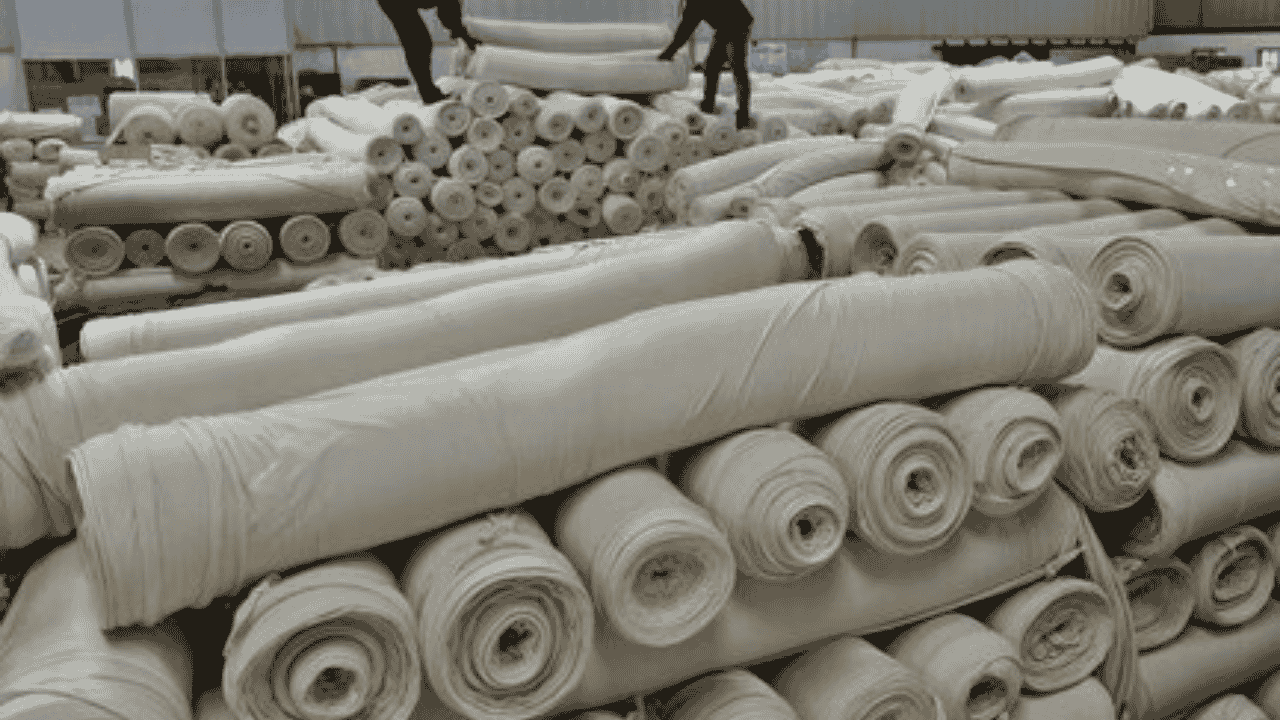By Moaaz Manzoor
ISLAMABAD— Pakistan’s exports in the first two months of the 2025-26 financial year stayed strong, even though food exports took a big hit.
Thanks to a big boost from textiles, total exports still managed to grow slightly by 0.64%, reaching $5.10 billion.
According to fresh numbers from the Ministry of Commerce, Pakistan exported $5,069.34 million in July–August 2024-25, and this rose just a bit to $5,101.80 million in the same months of 2025-26.
Textiles Save the Day
The textile industry led the way, growing by 9.88% — from $2,915.11 million to $3,203.17 million. That means textiles now make up almost 63% of all Pakistan’s exports.
Here’s how some top textile products performed:
- Knitwear: Up 16.86% to $958.96 million, with exports of over 46,000 dozen items.
- Bedwear: Grew 12.03% to $565.47 million.
- Readymade garments: Increased 10.61% to $728.31 million, even though the quantity sold was slightly less.
Food Exports Fall Hard
While textiles surged, food exports dropped sharply — down 23.46% from $1,011.93 million to $774.56 million. The food sector’s share of total exports fell to just over 15%.
A big reason? Rice exports. They fell 32.34% to $314.39 million, hit by both lower sales and falling prices. Even Basmati rice, a major product, dropped 44%, while other rice types went down nearly 24%.
Still, there were a few bright spots in food:
- Fish and seafood: Up 32.05% to $46.36 million
- Fruits: Up 27% to $89.51 million
- Meat products: Slight increase of 2.21%, reaching $76.90 million
Other Sectors: Hits and Misses
- Petroleum and coal exports fell 23.87% to $68.55 million
- Other manufactured goods barely grew, up 0.27% to $690.99 million
- Engineering goods slipped 3.21% to $72.39 million
But there was one clear win: cement exports nearly doubled, climbing to $72.72 million due to rising demand in nearby countries.
What Experts Are Saying
Experts say that while food exports are facing a tough time because of price changes and demand issues, textiles are still Pakistan’s strongest export sector.
If the country can keep its textile industry competitive, it might continue to balance out weaker areas like food and fuel.
Author Profile






